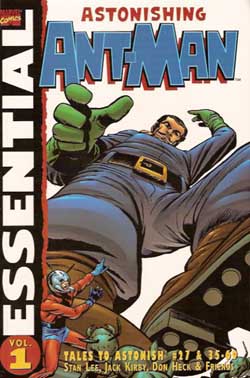 Â
Â
By Stan Lee, Jack Kirby, Don Heck, & various (Marvel)
ISBN 0-7851-0822-X
Marvel Comics built its fan base through strong and contemporarily relevant stories and art, but most importantly, by creating a shared continuity that closely followed the characters through not just their own titles but also through the many guest appearances in other comics. Such an interweaving meant that even today completists and fans seek out extraneous stories to get a fuller picture of their favourite’s adventures. In such an environment, series such as Marvel’s Essential… and DC’s …Showcase are an economical and valuable product that approaches the status of a public service for collectors.
If you’re of a particularly finicky nature – and what true comic fan isn’t? – you could consider the Astonishing Ant-Man to be one of the earliest heroes of the Marvel Age of Comics. He first appeared in Tales To Astonish #27 (cover-dated January 1962), one of the monster anthology titles that proliferated in those heady days of Science Fiction Double-Feature B-Movies. The 7 page short introduced Dr Henry Pym, a maverick scientist who discovered a shrinking potion and became ‘The Man in the Anthill!’ This engaging piece of fluff, which owed more than a little to the classic film The Incredible Shrinking Man was plotted by Stan Lee, scripted by Larry Lieber and beautifully illustrated by Jack Kirby and Dick Ayers.
Obviously the character struck a chord with someone, since as the superhero boom expanded he was rapidly retooled and returned as a full-fledged costumed do-gooder in issue #35 (September 1962). His brand new origin involved Communist agents (this was at the height of Marvel’s ‘Commie-Buster’ period when every other villain was a Red somebody or other) and fairly rips along with our hero thwarting his evil abductors and developing his powers on the run. ‘Return of the Ant-Man’ was crafted by the original team of creators, as were the succeeding four adventures: ‘The Challenge of Comrade X!’, ‘Trapped by the Protector!’ (crook, not spy, this time), ‘Betrayed by the Ants!’ (the debut of his arch-foe Egghead – ah, simpler times, eh?) and the wonderfully primal monster menace of ‘The Vengeance of the Scarlet Beetle!’.
Sol Brodsky replaces Ayers as inker for ‘The Day that Ant-Man Failed!’ (Tales To Astonish #40), and Kirby himself gives way to Don Heck on ‘Prisoner of the Slave World!’ from TTA #41 and ‘The Voice of Doom’ (TTA #42), the King’s lavishly experimental perspectival flamboyance deferring to the comfortingly humanistic passion of Heck. The following issue H. E. Huntley replaces Lieber as scripter.
‘Versus the Mad Master of Time’ is a run-of-the-mill mad scientist tale but the next issue (TTA #44) is significant for a number of reasons. ‘The Creature from Kosmos’ has Kirby pencil for Heck’s inks and introduces The Wasp -Â Pym’s bon vivant crime-fighting partner – in a tale that features alien invaders and the secret origin of Ant-Man. In a rare and uncharacteristic display of depth we learn that Pym’s first wife Maria was murdered by Communists, changing the scientist from a scholar into the man of action he is now.
‘The Terrible Traps of Egghead’, ‘When Cyclops Walks the Earth!’, ‘Music to Scream By’ and ‘The Porcupine!’ are all unremarkable, if competent adventures from Lee, Huntley and Heck, but the next big change comes with TTA #49’s ‘The Birth of Giant-Man!’. Lee writes and Kirby and Heck illustrate a tale where Henry Pym learns to enlarge, as well as reduce, his size and mass just in time to tackle the threat of an extra-dimensional kidnapper. Steve Ditko inks Kirby in ‘The Human Top’, a two-part tale that shows our hero struggling to adapt to his new abilities. The concluding chapter is inked by Dick Ayers who would draw the bulk of the stories until the series’ demise. Also with this issue (TTA #51) a back-up feature starring the Wasp begins, and the combination of fact-features and horror vignettes narrated by the heroine are included in the volume.
The super-hero adventures settle into a pattern now as a succession of menaces are promptly dealt with in tales of variable quality. The Black Knight, the returning Porcupine, South American commie agent El Toro (drawn by Heck) and that pesky Human Top all come and go without too much trouble. A stage charlatan called The Magician is less trouble than TTA #57’s big guest-star when the size-changing duo battle Spider-Man, a sign of the increasing interconnectivity that Lee was developing. Captain America has a cameo in the battle with the giant alien Colossus, and issue #59 has all the Avengers visit before Giant-Man squares off against the Incredible Hulk.
Although the Human Top engineered that battle, Lee was the real mastermind as with the next issue (TTA #60 if you’re still counting) The Hulk becomes a co-star and Giant-Man’s adventures shrink back to 14 pages. ‘The Beasts of Berlin’ is a throwback in many ways as the duo must battle Commie Apes – no, really! – behind the Iron Curtain.
The writing was on the wall by issue #61. With the Hulk most prominent on the covers, substandard stories and a rapid rotation of artists, it was obvious Giant-Man was waning. ‘Now Walks the Android’ is illustrated by Ditko and George (Roussos) Bell, ‘Versus the Wasp’ is by Carl Burgos and Ayers, ‘The Gangsters and the Giant’ by Burgos and Chic Stone and ‘When Attuma Strikes’ by Burgos and Paul Reinman. This last was scripted by the mysterious and timid “Leon Lazarusâ€.
One final attempt to resuscitate the series came with the addition of Golden-Age legend Bob Powell (inked by Heck) as artist for issue #65’s ‘Presenting the New Giant-Man’. With a new costume and powers, these last five issues are actually some of the best tales in the run, but it was clearly too late. Frank (Giacoia) Ray inked Powell for ‘The Menace of Madam Macabre’, Chic Stone inked ‘The Mystery of the Hidden Man and his Rays of Doom!’ and the series concludes with a powerful two-parter (TTA #68 and 69) ‘Peril from the Long-Dead Past’ and ‘Oh, Wasp, Where is Thy Sting?’, inked by Vince Colletta and John Giunta. So far along is the decline that Al Hartley finishes what Stan Lee started, i.e. concluding the tense tale of the Wasp’s abduction by the Top and the retirement of the heroes at the story’s end.
Ant-Man did not die, but joined that vast cast of characters that Marvel kept in play in team books, in guest shots and in the occasional re-launch and mini-series. Despite variable quality and treatment he remains an intriguing and engaging reminder that the House of Ideas didn’t always get it right.
© 1962, 1963, 1964, 1965, 2002, 2007 Marvel Characters, Inc. All Rights Reserved.
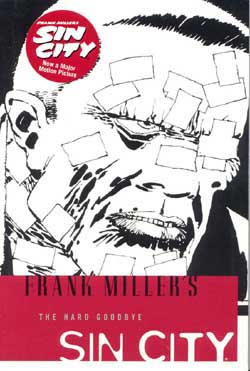 Â
 
 Â
 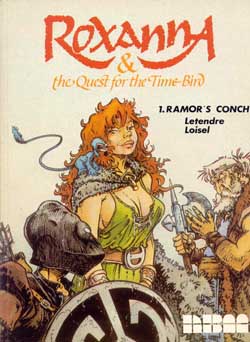
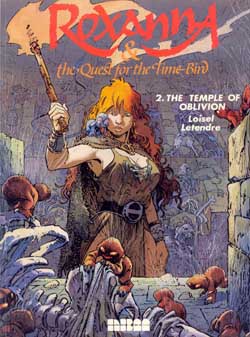
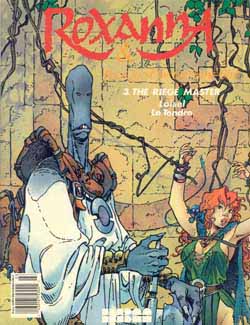
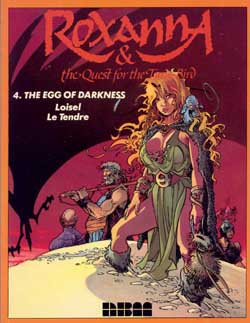
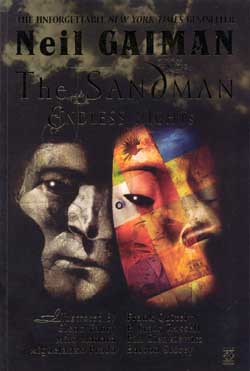 Â
  Â
 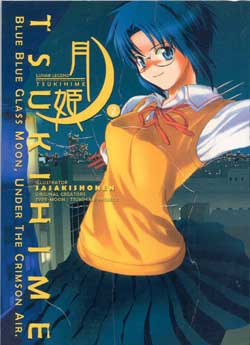
 Â
  Â
 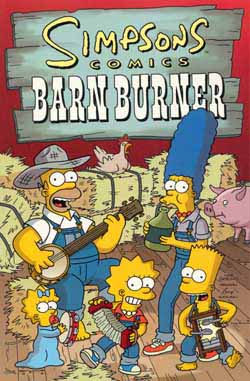 Â
 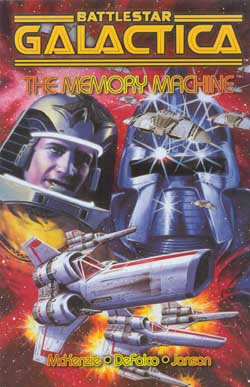 Â
 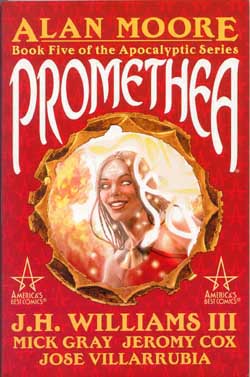 Â
Â